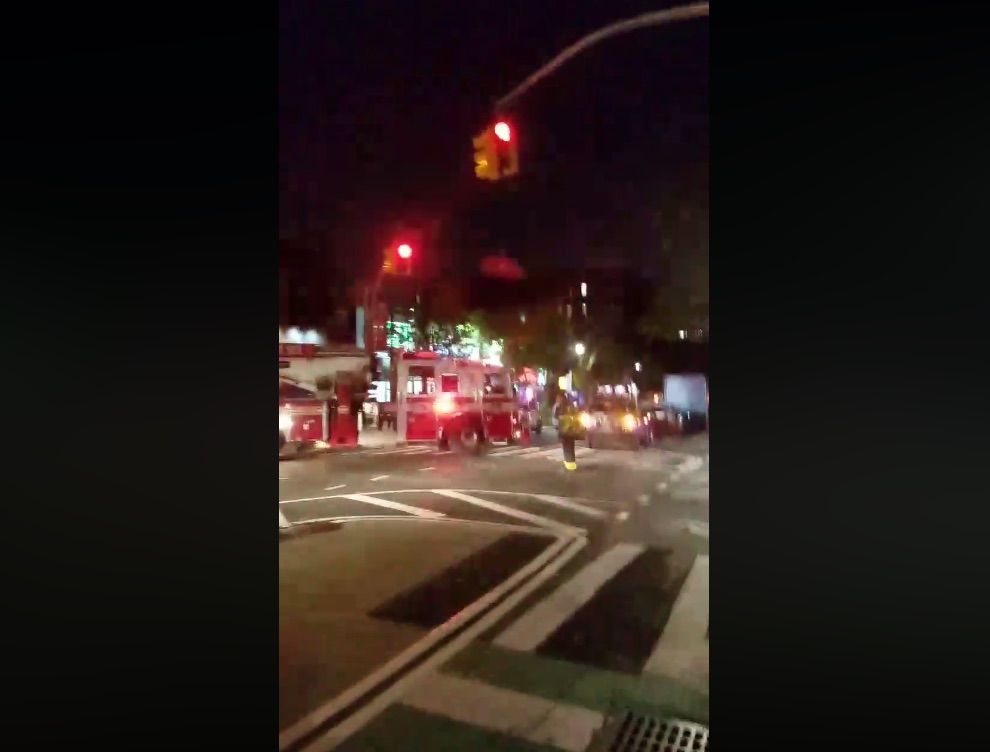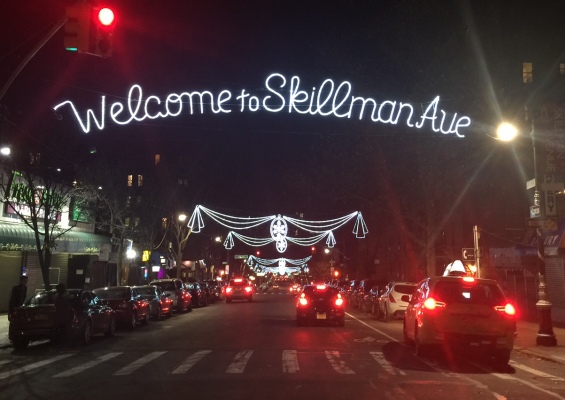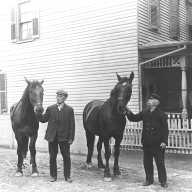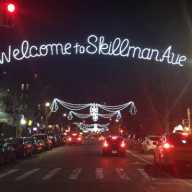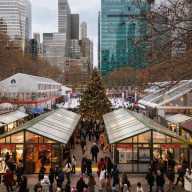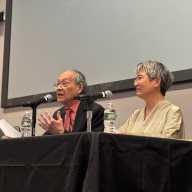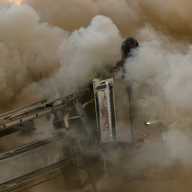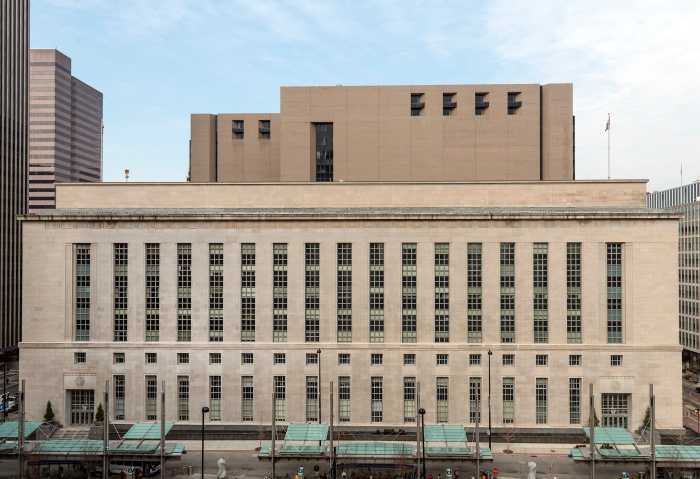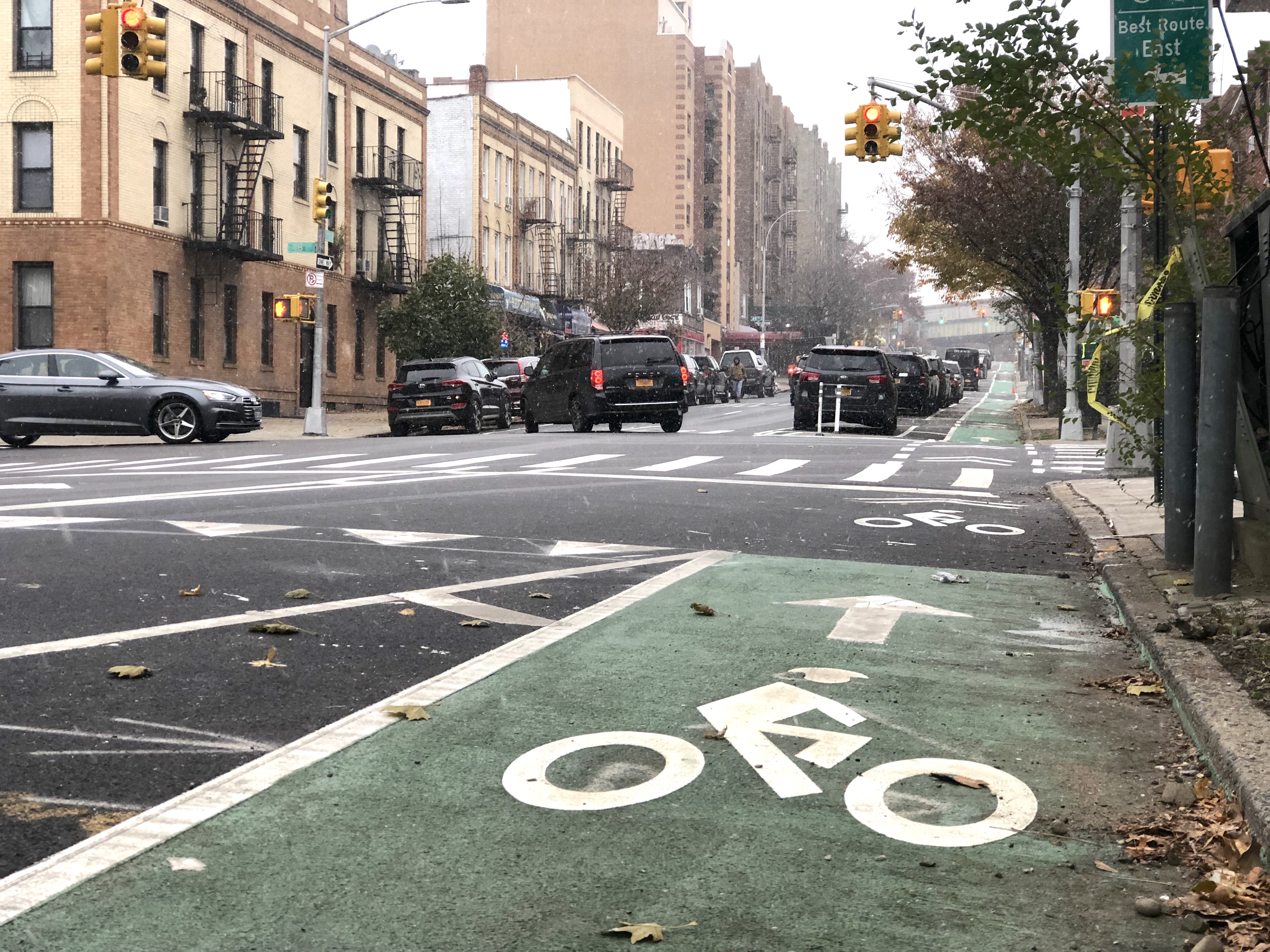
The protected bicycle lane near 48th Street and 43rd Avenue following the 2018 redesign (Photo: QueensPost)
March 6, 2020 By Shane O’Brien and Christian Murray
A long-time Sunnyside Gardens resident has produced a video calling on the Department of Transportation to remove the protected bicycle lanes from Skillman and 43rd Avenues and return the corridors back to the way they were prior to their overhaul in 2018.
Dorothy Morehead, a local realtor and member of Community Board 2, said that she made the video to highlight the effect the 2018 street redesign has had on Sunnyside residents and business owners.
She argues that the redesign has hurt local businesses, made the area less safe, increased traffic congestion, and made it difficult for fire trucks and emergency vehicles to traverse the two avenues–putting people at risk.
She is calling on the DOT to come back to the community and reevaluate the plan. She wants the avenues to go back to the way they were before the protected bike lanes were installed. She said that the previous bike lane was safe and effective.
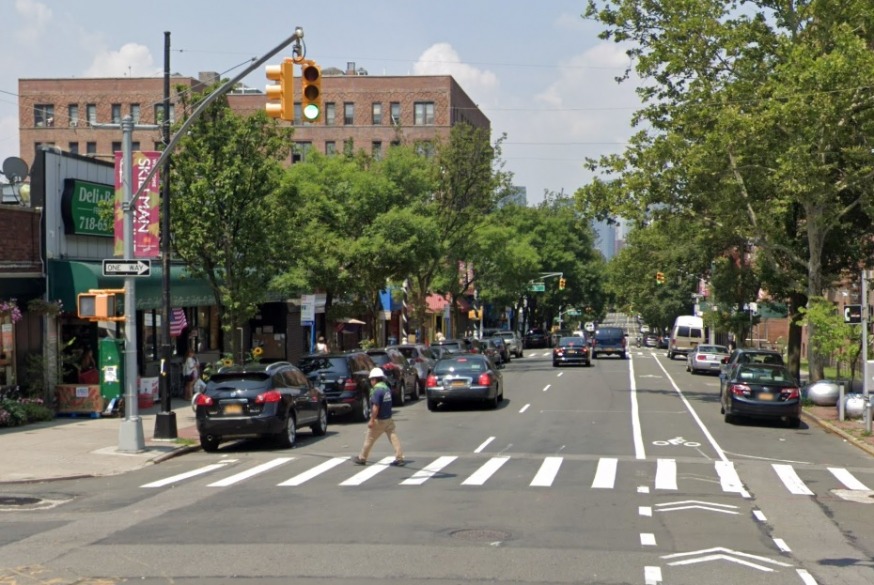
Skillman Avenue before the 2018 redesign (Google). The avenues had regular bicycle lanes– as opposed to protected bicycle lanes.
“The impact on this community and the impact on the businesses just can’t go unchallenged,” Morehead, who has lived in the neighborhood for 50 years, said in an interview. “These redesigns are mainly for the bikers and it is not fair to the rest of the community.”
Morehead hired a filmmaker and spent $4,000 on the video. Work began on the project last fall and was completed this week.
The film includes interviews with members of Queens Streets for All, a group comprised of nearly a dozen Skillman Avenue business owners and residents who remain opposed to the 2018 redesign. It also includes footage taken from a drone, which Morehead uses to support her arguments.
The video takes issue with many components of the redesign—such as Skillman Avenue being reduced from two lanes to one between 49th Street and 54th Street. It also discusses the narrowing of the two travel lanes elsewhere, with the people interviewed saying it has led to congestion—particularly when vehicles double park.
The video even questions whether the redesign has led to increased safety at all.
Queens Streets For All from Eric Strang on Vimeo.
The redesign has been controversial from the get go—pitting bicycle safety advocates against many business owners and long-time residents. The final plan was rejected by Community Board 2 on June 7, 2018, and Assemblywoman Cathy Nolan, former Congressman Joseph Crowley and Councilmember Jimmy Van Bramer opposed it.
Van Bramer, however, later changed his mind and advocated for it.
Mayor de Blasio, however, ultimately made the decision and the redesign went into effect in August 2018.
The plan saw the removal of 116 parking spaces in the area. Additional spots were later taken for a loading zone and to increase driver visibility at turns.
The redesign also saw the installation of more than 30 pedestrian islands, which have shortened crosswalks and increased visibility. The plan is viewed by the DOT as an important part of a network that provides cyclists with protected bike lanes from Forest Hills to Midtown.
The DOT says that the redesign is working and that it has increased safety. The agency has no plans to make changes.
“DOT is committed to maintaining its successful redesign of Skillman and 43rd Avenues, with protected bike lanes that provide safe connections for cyclists commuting in western Queens neighborhoods and to and from the Queensboro Bridge,” a DOT spokesperson said Thursday.
“The redesign also includes other design elements that calm traffic and make the corridors safer for all street users. Since the redesign, traffic injuries have been down along both avenues,” the DOT spokesperson added.
There have also been videos lauding the redesign by bicycle advocacy groups. Streetfilms, a group formed in 2006 that produces films documenting street safety, put out a video arguing that the corridors are safer.
A spokesperson for Transportation Alternatives did not want to comment on Morehead’s video. However, bicycle advocates say that many of the arguments presented in Morehead’s video are unfounded.
Morehead’s video is based on the many anecdotes she has received from Sunnyside business owners and residents.
The video features a number of prominent western Queens residents and business owners opposed to the design, including: Brent O’Leary, a civic leader who is running for City Council; Patricia Dorfman, the leader of Queens Streets for All and a longtime member of the Sunnyside Chamber of Commerce; and Rick Duro, the leader of the Sunnyside United Dog Society.
“It’s been a real burden, especially on small businesses,” O’Leary said in the video, noting that business is down 20 percent. “All of their business is down. The restaurant owners are telling me they’re down.”
The video includes footage of FDNY vehicles struggling to turn onto Skillman Avenue from 51st Street– where the firehouse is stationed–due to the reduction of a travel lane. FDNY Engine 325 is located at 41-24 51st St.
Morehead’s video also features Oumaya Saab, a local disabled resident, who says she had to sell her wheelchair-accessible car because there is no room for a ramp due to the protected bike lanes.
Morehead contends that the redesign came about following a fatal crash, which would not have been prevented by the redesign in any case.
She said that protected bike lanes were introduced following the death of Gelacio Reyes, a cyclist who was killed by a drunk driver at 3 a.m. on April 1, 2017, at the intersection of 39th Street and 43rd Avenue.
The video notes that a protected bicycle lane would not have saved his life.
Police confirmed that Reyes was hit by an drunk driver and that he was struck while riding through a red light.
There was, however, another incident about 10 days later at the same intersection. David Nuñez, a cyclist, was badly injured when he was hit by a box truck turning right on to 39th Street.
The location where Gelacio Reyes was killed by a drunk driver while riding his bike at around 3 a.m. on April 1, 2017. The protected bicycle lane had yet to be installed (Queens Post)
Morehead contends that the resign has made the roadway more dangerous for cyclists—an argument that the DOT disputes.
She claims that there have been more than 30 crashes involving cyclists since the protected bicycle lanes were installed.
She said her statistics are based on the eyewitness accounts of business owners and residents who share crash information with one another through a WhatsApp group. She said that many residents also send each other photos and videos of crashes.
She said she has no faith in DOT statistics—since many incidents go unreported. She said that the business owners and residents who have been in the area for years know best.
“I don’t believe their statistics,” Morehead said referring to the DOT. “I don’t believe a word they say.”
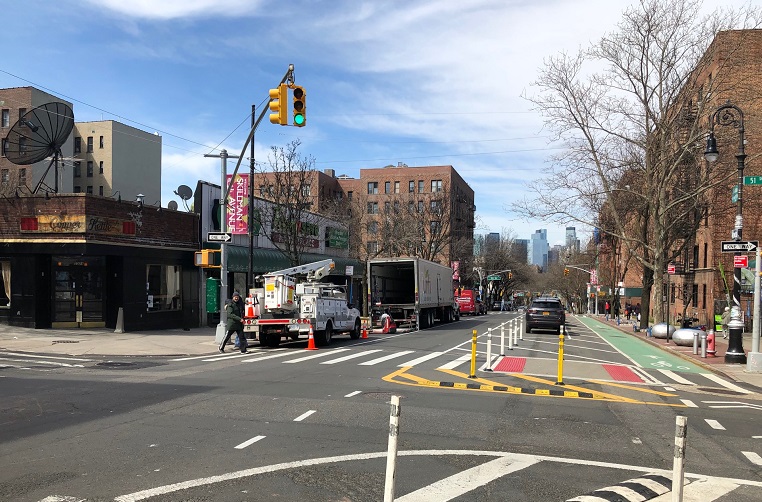
Skillman Avenue and 51st Street following the redesign (Photo: Queens Post)
The video draws on several problematic incidents, including some that the Sunnyside Post has independently reported on.
For instance, Amin Siad, owner of Fresh N Save on Skillman Avenue and 50th Street, told the Sunnyside Post last fall that he regularly sees FDNY trucks stuck on the avenue, particularly when big trucks block the roadway to make deliveries.
The area outside Siad’s supermarket was reduced from two lanes to one– to make room for a protected bicycle lane–and many argue that it has been the source of big problems.
Large trucks often struggle to find space to unload and often double park. While it is not legal, residents say that the drivers often have little choice but to double park in order to make a delivery. By double parking, the corridor often gets blocked.
Fire trucks constantly face problems turning left from 51st Street onto Skillman Avenue, according to Siad. He said that he has witnessed fire trucks being unable to go down the single lane outside his store and instead take an alternative route.
Siad said that DOT installed a loading zone in front of his supermarket to help alleviate the problem but the issue still persists.
“The loading zone hasn’t really helped,” he said. “We still get congestion and if a 10-axle truck is parked how are the [FDNY] supposed to get by? It’s really difficult.”
Other residents also noticed problems by Fresh N Save.
Eamonn Carr, who lives on Skillman Avenue between 51st and 52nd Street, said that emergency services are regularly blocked due to the narrowing of the roadway.
Bicycle safety advocates, however, argue that the redesign by 50th Street works and that the problem stems from illegal road users.
“When we are not following the regulations that the new street has, things are not going to work,” Juan Restrepo, a Queens organizer for advocacy group Transportation Alternatives, told NY1 when the news outlet reported on the story in October 2018.
The DOT said at the time that it had worked with the FDNY on the plan and it was safe.
Morehead believes her video is providing a service and illuminates a problem that a growing number of Queens residents face.
“Most of all, we want our voices to be heard,” she said. “This was top down decision making in city hall and was not what the people of Queens wanted.”
She said she wants residents in other Queens neighborhoods to see how Sunnyside and Woodside have fared.
“Protected bicycle lanes are planned for Astoria and Forest Hills and I want to show those people what it has done here.”
The following video was produced by Streetfilms, a bicycle advocacy group.
Street Transformations – Sunnyside Lanes (Skillman & 43rd Avenues) from STREETFILMS on Vimeo.

